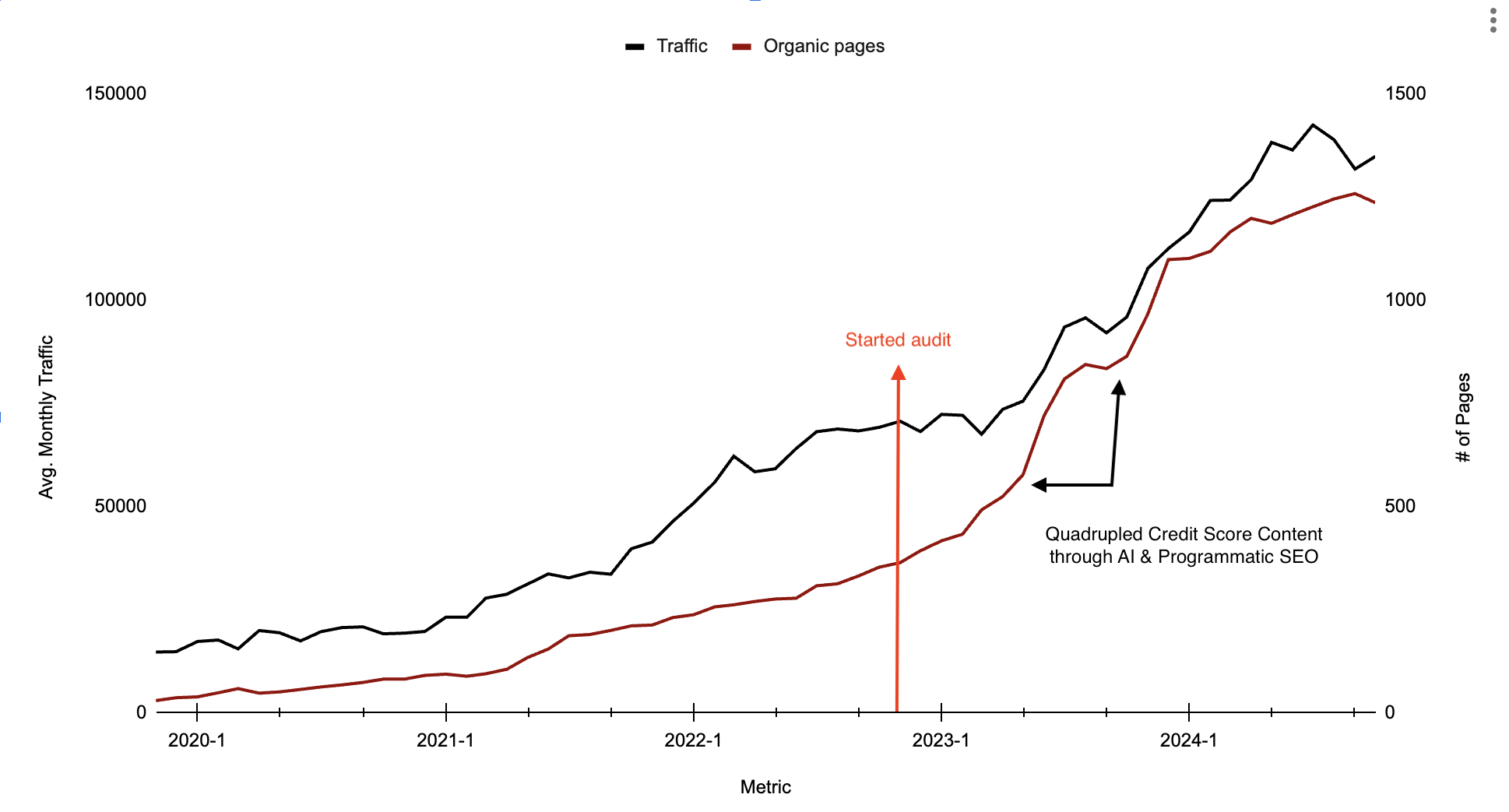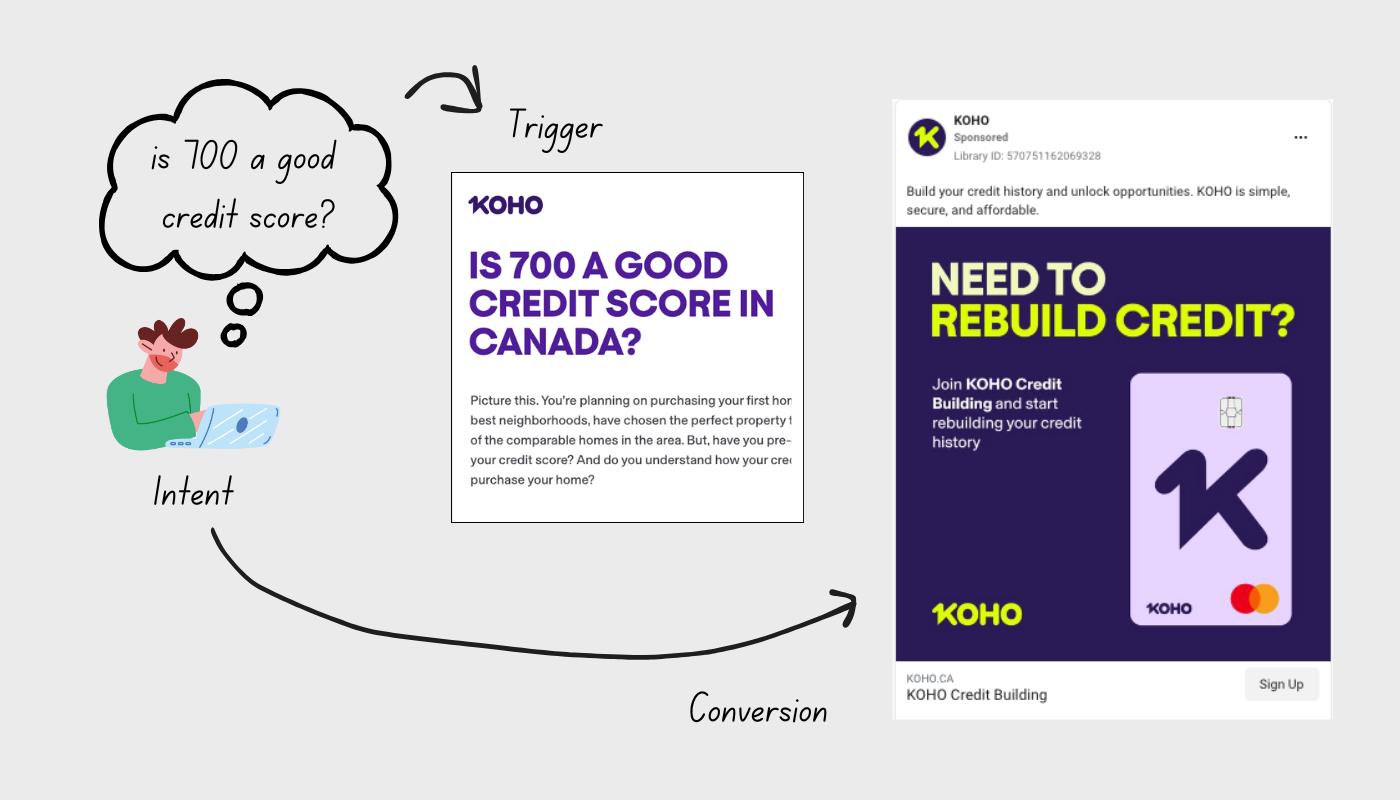(Selected work) >
DAVID v GOLIATH
Imagine an engineer who invents a device for instant teleportation. It’s groundbreaking, but nobody knows about it. When you’re competing for attention in today’s information economy, there’s too much going on for anything to stand out anymore.
It’s easy enough to sell the device, like setting up a webpage for it. But how do you get people to visit the site in the first place? Are you going to run ads on Instagram for a teleportation device or collaborate with an influencer on Tiktok?
In an era where novelty bombards us every day, the challenge lies in making innovation known.
To assume that innovation alone guarantees success is falling for a “divine innovation” fallacy. It’s the premise that a remarkable idea will triumph because of its inherent greatness, like attributing inexplicable events to divine intervention, which I reject.
Herbert Simon, noted economist and father of the bounded rationality theory, pointed out in the 1970s that an abundance of something, like information, naturally leads to a scarcity of something else: attention. In this case, it is attention, which needs to be allocated more efficiently.
Throughout human history, we’ve lived in environments characterized by information scarcity, so naturally adapting to this new reality of information overload is a challenge we’re still grappling with. But for now:
Great ideas don’t just exist — they get noticed.
Think about the story of David and Goliath. We celebrate David’s victory as a triumph of the underdog, but it wasn’t just sheer willpower or luck. His sling gave him the advantage.
But David’s sling, a symbol of technological innovation, wasn’t sufficient on its own to defeat the giant.
We know of his victory and its profound symbolism because it was immortalized in the Bible—the bestselling book of all time—which spread his story far and wide.
It’s not enough to create something amazing; it needs to cut through the noise to be recognized in the world. By engaging with consumers where they usually are, you create awareness, and awareness fosters growth.
Emerging startups in Canada—the modern-day Davids—struggle not only against the overwhelming dominance of the Goliaths, but also against the challenge of capturing attention efficiently.
Picture a fintech disruptor that’s shaking up the status-quo with a digital-first approach. It offers greater transparency, competitive savings rates, and a monthly subscription designed to increase your credit score. Yet most Canadians are unaware of it, suffocated by millions spent by the out-of-touch marketing campaigns from the Big 5.

It’s like joining a financial fitness club for just $5 a month and getting results, without the obligation of showing up every day.
During my time at KOHO, we developed a strategy to attract a wide audience at the top of the funnel. So when you think of credit scores, you think KOHO. Consumers didn’t know KOHO existed just yet; to vie for their attention effectively, we needed to be in front of the users with the right context.

For the more tactical marketers, a breakdown of how to capture attention more effectively using Intent, Trigger and Conversion to shape your strategy.
An analogy I often use is that when you’re paying for ads, you’re essentially renting space. But with SEO, you’re investing in a house you own. For a digital-only banking app, owning prime real estate means showing up in Google search results. It’s the digital equivalent of having your name on buildings, stadiums and every ATM on the corner. Unlike traditional banks that get those offline privileges, your visibility comes from dominating the search landscape.
When we think about that in a strategic sense, for a fintech like KOHO, search results were our stadiums and billboards.
This isn’t just marketing for the sake of more traffic. It’s about owning a space people return to when they’re searching for a topic like credit scores. And building that long-term authority is where the real advantage lies.
The story of David and Goliath became famous because the Bible spread throughout societies and time by passionate evangelists. Similarly, an innovation needs to effectively capture attention and continually bring people in to be immortalized.
So, if you’re building the next big thing, ask yourself: how are you making sure people will see it?
